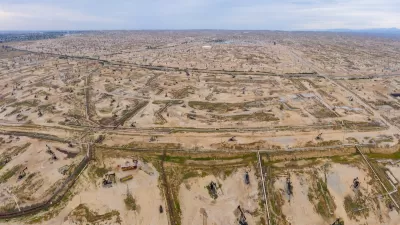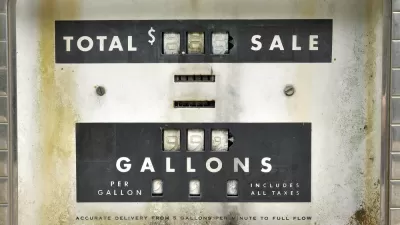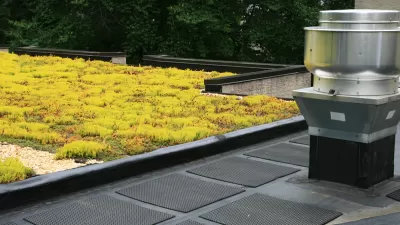Creating 'greener' buildings will help address climate change... right?
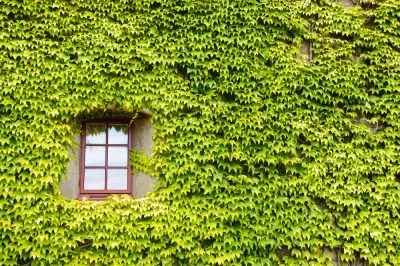
Green buildings can make a difference, but only if we start asking the right questions, argues designer Bryn Davidson in this recent TEDx talk.
If we can start to see the whole story of how our buildings impact the climate then we can start to make strides toward real 'net-positive' change. The technology isn't new, the strategies aren't rocket science—the hard step is shifting our thinking about what it means to build 'green.'
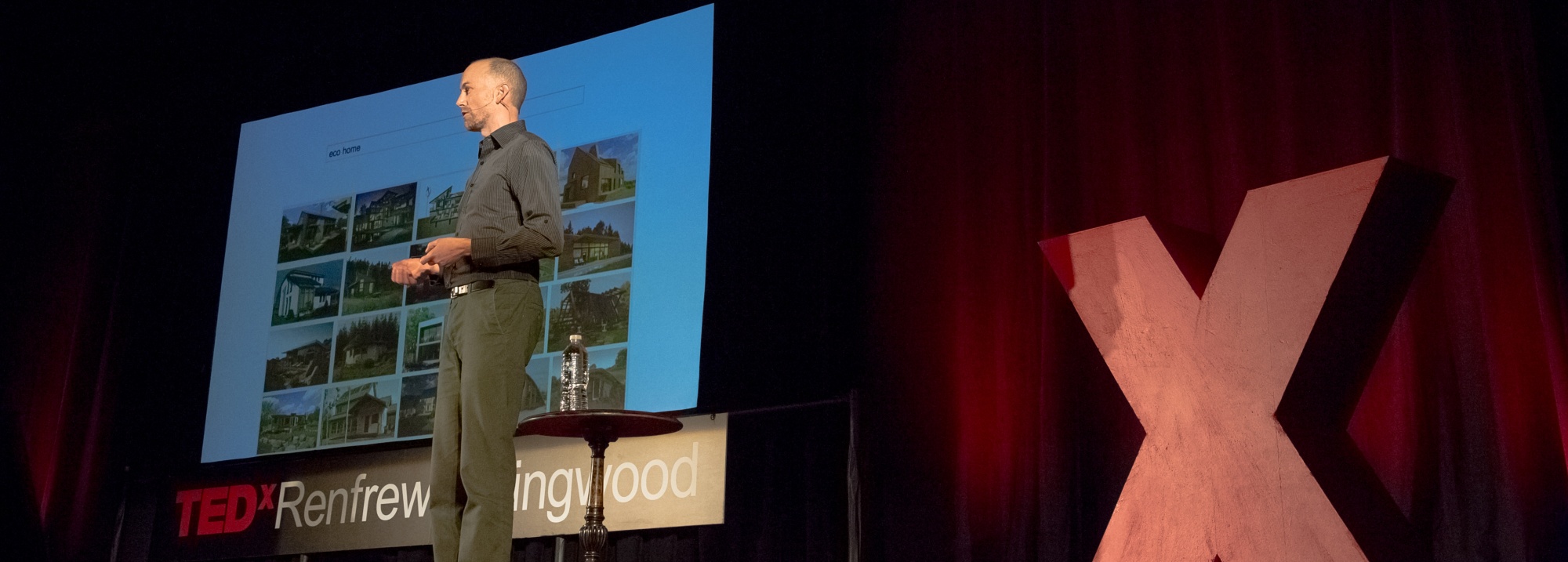
Bryn Davidson wears many hats. Sure, he’s a LEED-accredited building designer, sustainability consultant, and small business owner with degrees in Architecture (UBC) and Mechanical Engineering (UC Berkeley). But he doesn’t stop there. He’s also one of the co-founders of Lanefab Design / Build, a Vancouver-based design and construction company that built the city’s first laneway house in 2010. Since then, Lanefab has continued its specialization in energy efficient green homes and infill ‘laneway houses’ by completing over 40 of the small infill homes.
In this 18 minute talk, Bryn expands on his experience with energy efficient homes and infill, to ask three key questions: How good is your building? Where is it located? What does it replace?

Through these questions, and the "Net Positive Lens," we can start to see the real impact of our buildings and can start to create projects that have a measurably positive impact on the climate. The great thing is, we can do this while also supporting the growth of our communities and economy.

This talk was given at a local TEDx event, TEDx - Renfrew Collingwood, produced independently of the TED Conferences.
FULL STORY: The Coolest Buildings Aren't Green

Planetizen Federal Action Tracker
A weekly monitor of how Trump’s orders and actions are impacting planners and planning in America.

Maui's Vacation Rental Debate Turns Ugly
Verbal attacks, misinformation campaigns and fistfights plague a high-stakes debate to convert thousands of vacation rentals into long-term housing.

San Francisco Suspends Traffic Calming Amidst Record Deaths
Citing “a challenging fiscal landscape,” the city will cease the program on the heels of 42 traffic deaths, including 24 pedestrians.

Defunct Pittsburgh Power Plant to Become Residential Tower
A decommissioned steam heat plant will be redeveloped into almost 100 affordable housing units.

Trump Prompts Restructuring of Transportation Research Board in “Unprecedented Overreach”
The TRB has eliminated more than half of its committees including those focused on climate, equity, and cities.

Amtrak Rolls Out New Orleans to Alabama “Mardi Gras” Train
The new service will operate morning and evening departures between Mobile and New Orleans.
Urban Design for Planners 1: Software Tools
This six-course series explores essential urban design concepts using open source software and equips planners with the tools they need to participate fully in the urban design process.
Planning for Universal Design
Learn the tools for implementing Universal Design in planning regulations.
Heyer Gruel & Associates PA
JM Goldson LLC
Custer County Colorado
City of Camden Redevelopment Agency
City of Astoria
Transportation Research & Education Center (TREC) at Portland State University
Jefferson Parish Government
Camden Redevelopment Agency
City of Claremont


























